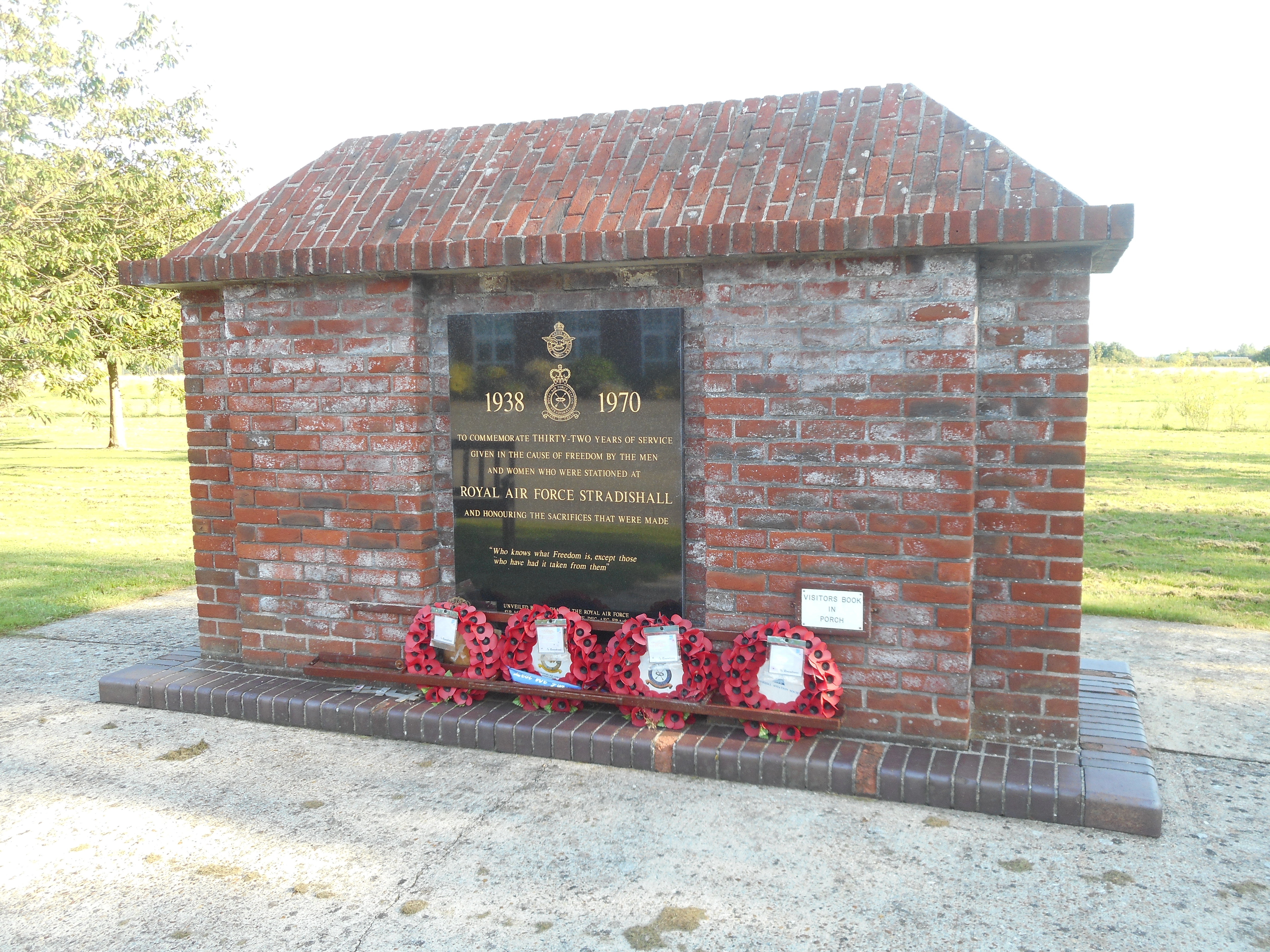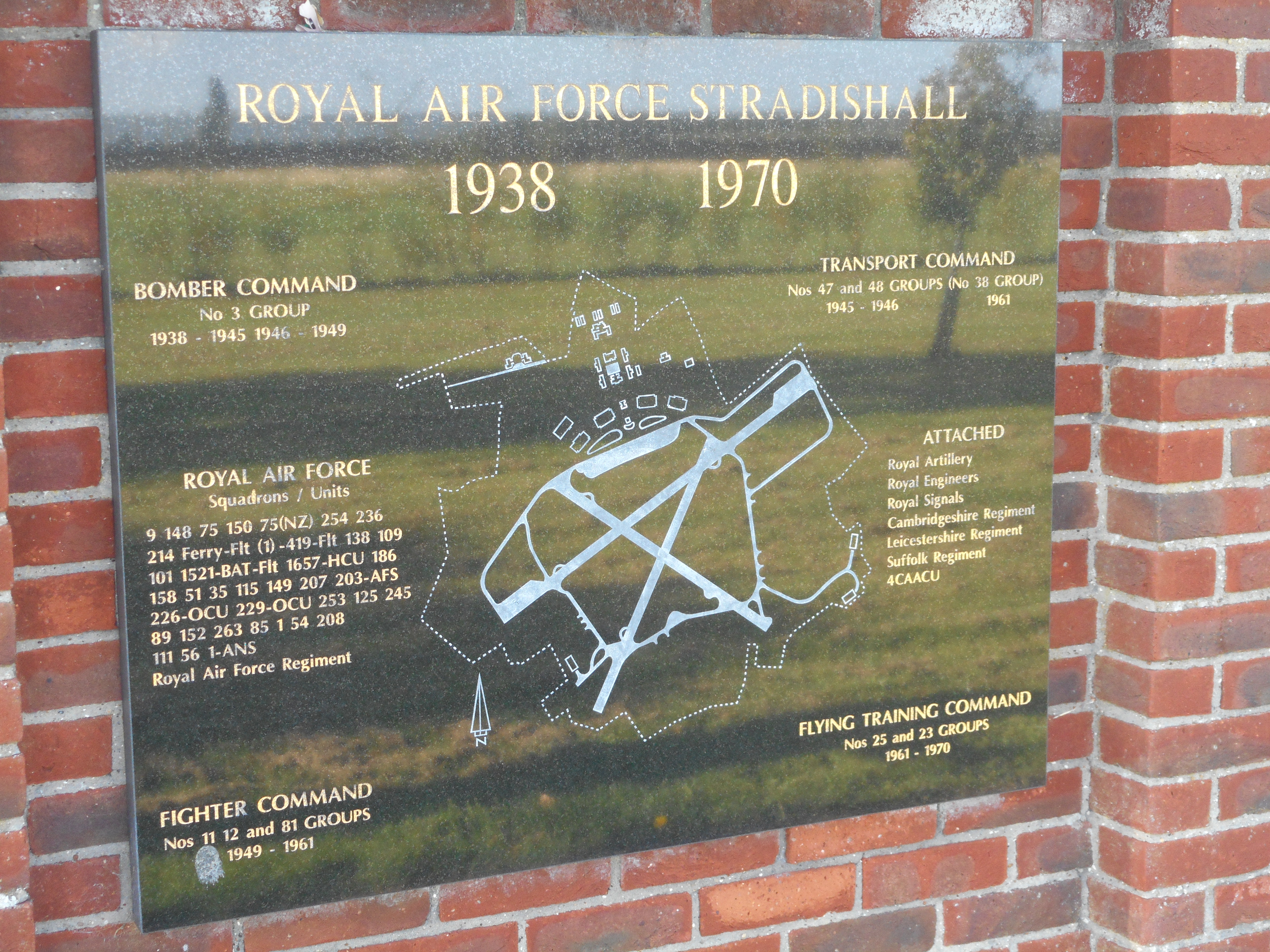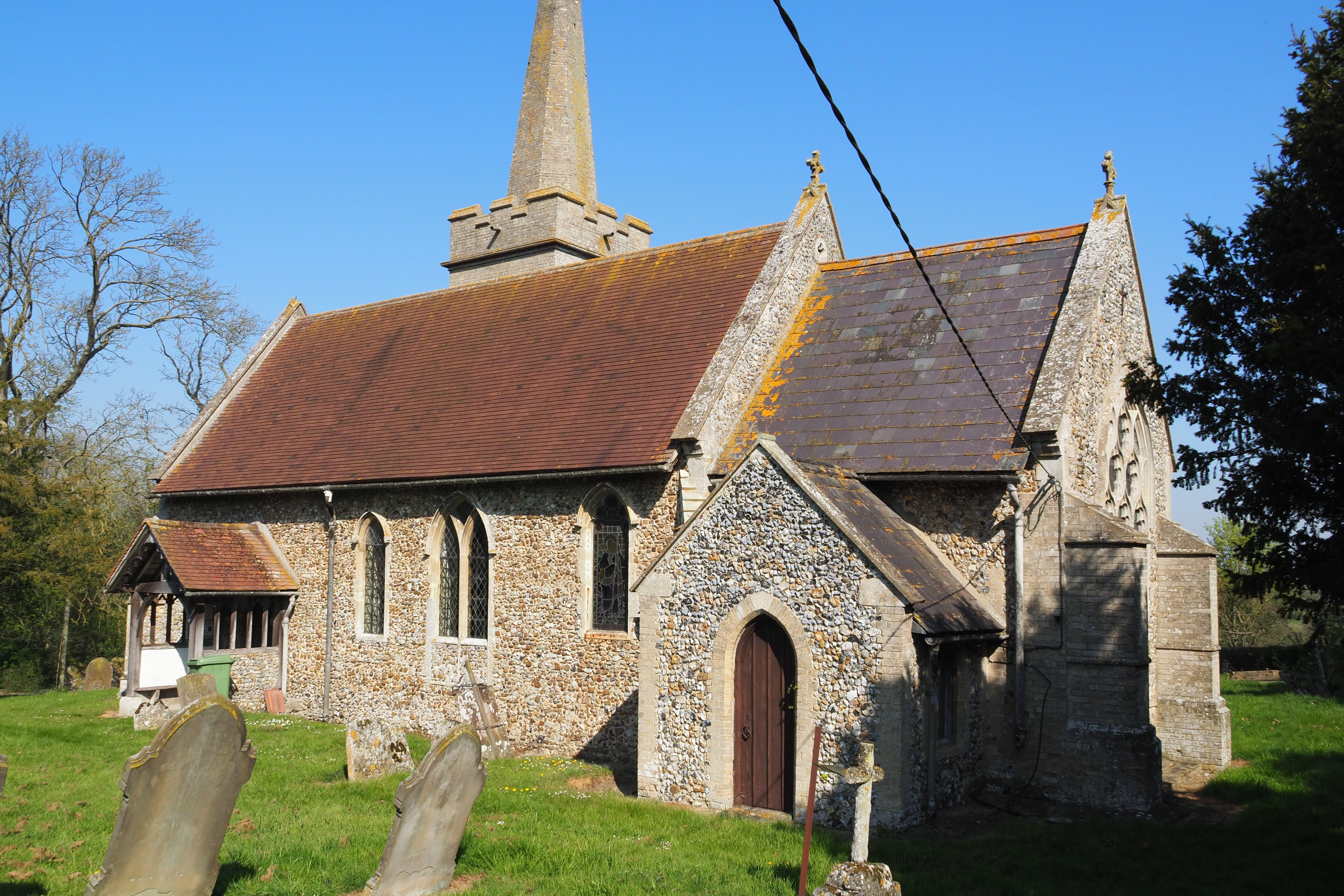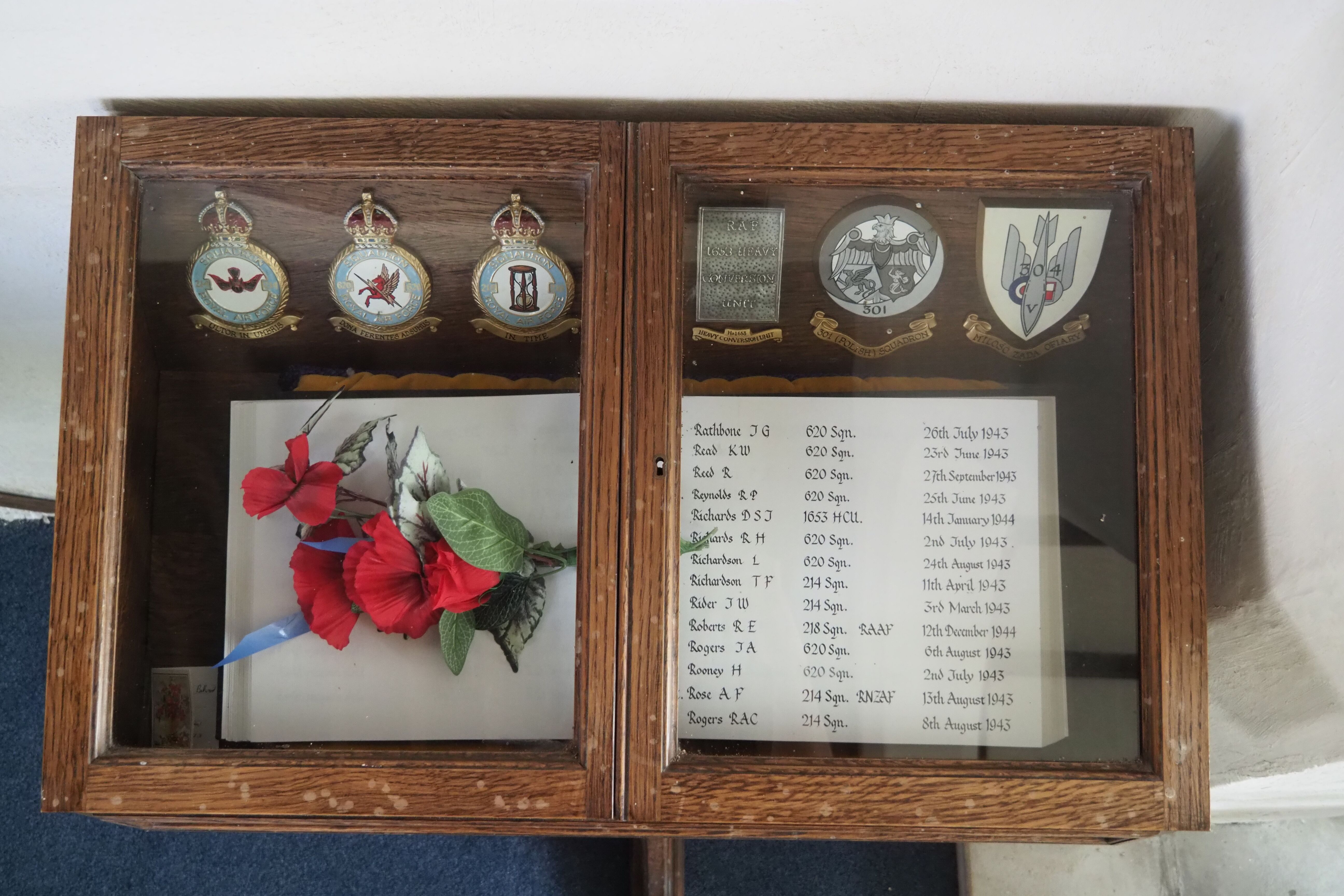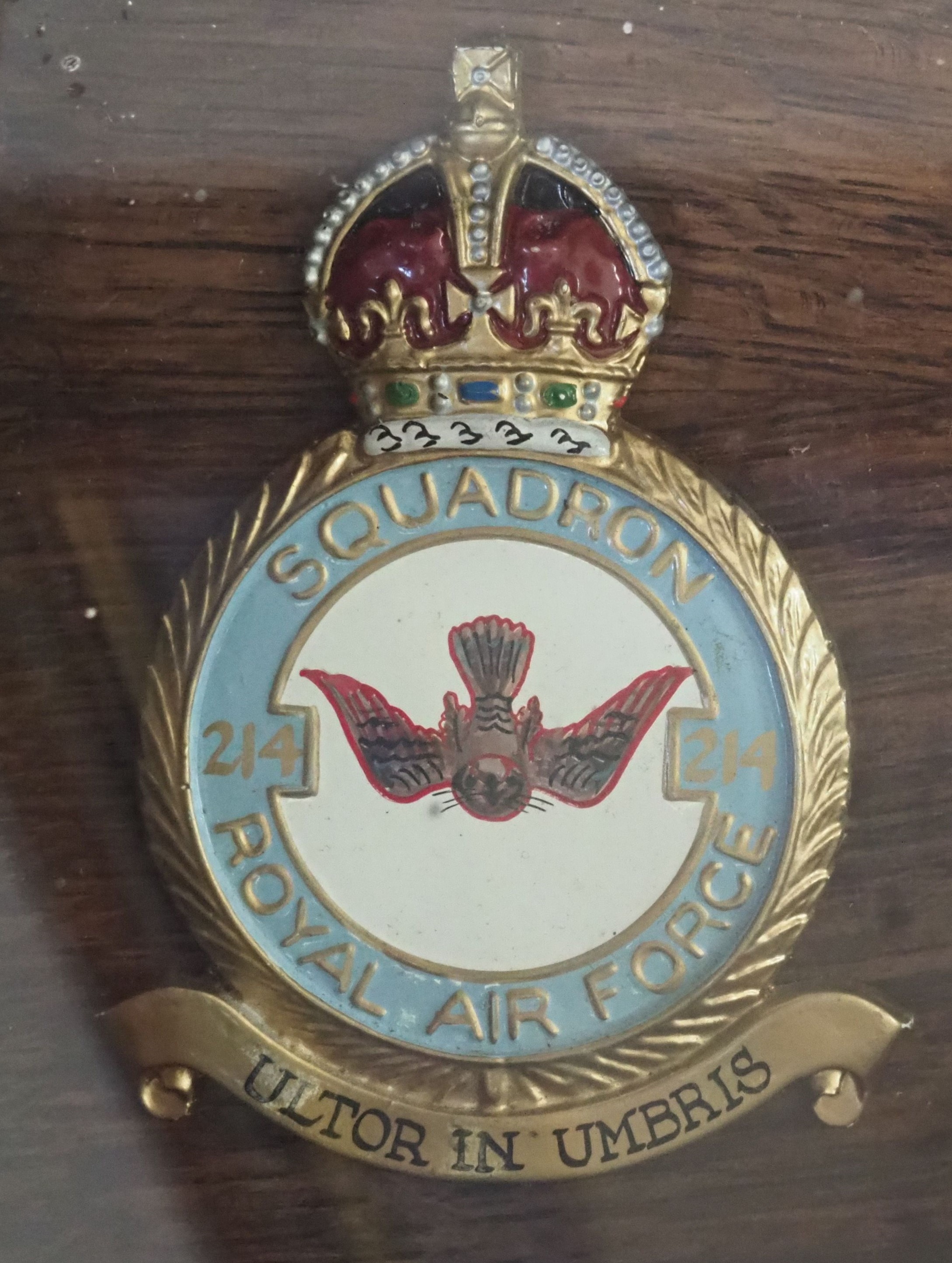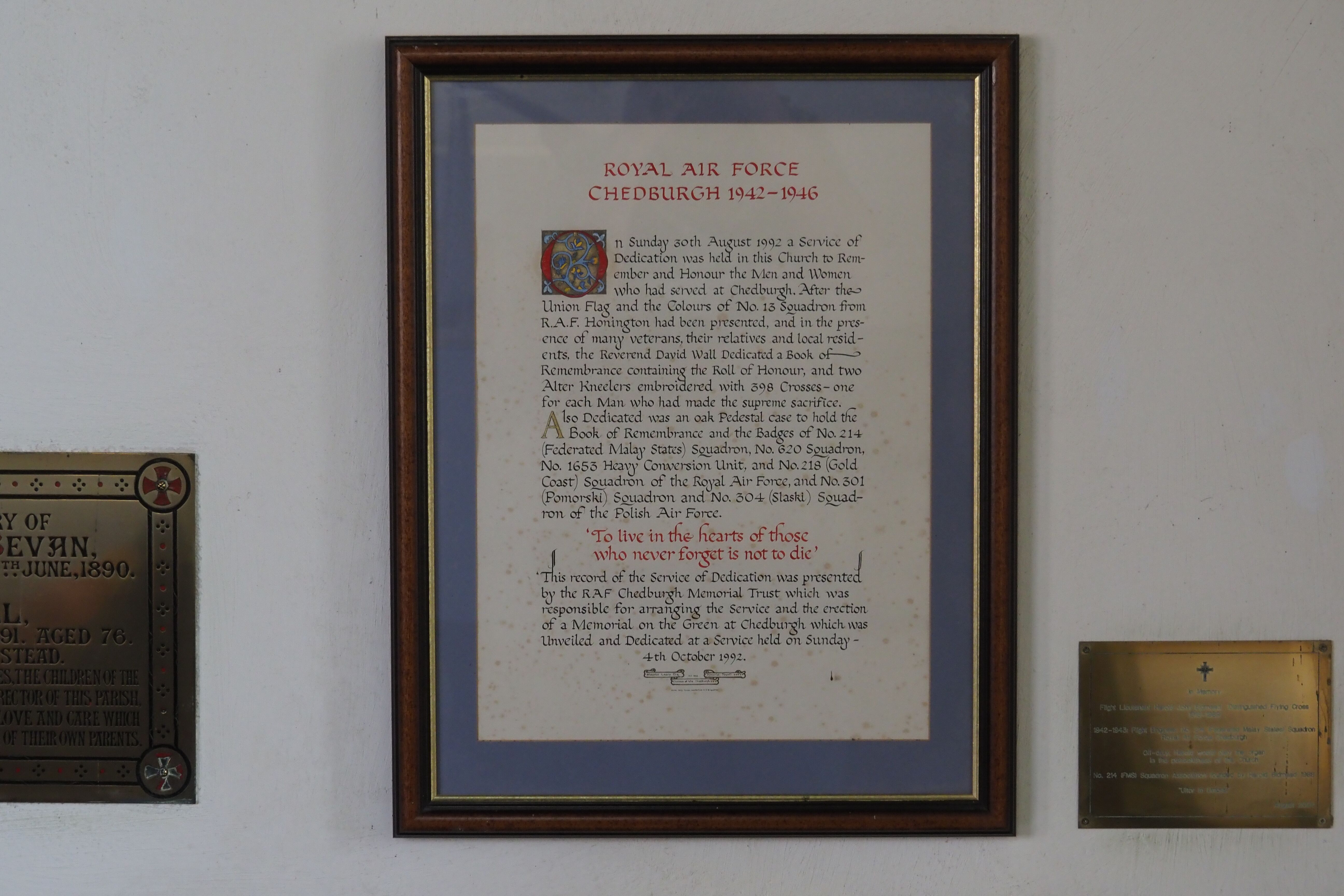Easton, Herbert Robinson
Personal Information
| Rank | Sgt |
| Forename(s) | Herbert Robinson |
| Surname | Easton |
| Gender | M |
| Age | 24 |
| Decorations | |
| Date of Death | 08-04-1941 |
| Next of Kin | Son of John Easton and Isabella Easton (née Robinson) of Winnipeg, Manitoba. |
Aircraft Information
| Aircraft | Vickers Wellington IC |
| Serial Number | R1380 |
| Markings | BU- |
Memorial Information
| Burial/Memorial Country | United Kingdom |
| Burial/Memorial Place | Runnymede Memorial |
| Grave Reference | Panel 61. |
| Epitaph |
IBCC Memorial Information
| Phase | 2 |
| Panel Number | 159 |
Enlistment Information
| Service Number | R/56846 |
| Service | Royal Canadian Air Force |
| Group | 3 |
| Squadron | 214 (Federated Malay States) |
| Trade | WOp/AG |
| Country of Origin | Canada |
Other Memorials
| Location | Easton Island, Manitoba; Within Reindeer Lake |
| Country | Canada |
| Memorial Type | Island |
| Memorial Text |
| Location | Outside former Officers Mess, Stradishall, Suffolk |
| Country | United Kingdom |
| Memorial Type | Brick Memorial with Inscribed Marble Tablets |
| Memorial Text | To commemorate 32 years of service by the men and women of R.A.F. Stradishall 1938 - 1970 |
| Location | All Saints Church, Chedburgh, Suffolk |
| Country | United Kingdom |
| Memorial Type | Memorial Plaques and RoH within wooden case |
| Memorial Text | Roll of Honour and scroll remembering the members of the Royal and Polish Air Forces who served at RAF Chedburgh 1942 - 1946 |
Miscellaneous Information
| Herbert was born in Winnipeg, Manitoba on 11 September 1916. Both parents were born in Belfast, Ireland and his father worked as Assistant Commissioner for the Debt Adjustment Board in Manitoba. He had a sister Ivy Ethel and two brothers, Samuel and John Jr. The family lived in Beverley Street, Winnipeg. He attended Wellington Principal 1922-1930 (Grades 1-9), Sparling and Wolfe schools. Then Daniel McIntyre Collegiate 1930-1932 (Jnr.Matric) and finally Success Business College, a night school which covered a complete Business Course. The sports Herbert enjoyed were golf, rugby football, where he was a member of junior rugby clubs 1930-1934, and rowing, where he was a member in 1939 of the Winnipeg Rowing Club crew. His hobby was the study of the wireless and he was also interested in miniature camera work. Herbert worked as a labourer for Chester Brown Biscuit Co. 1932-1933. As a junior clerk 1933-1935 for Home Investment and Savings, as a bookkeeper for Canada Colonisation Association, 1935-1938 and for Federal Grain Association as an Accountant 1938-1939. |
| He then enlisted on 13 April 1940 and after training embarked for the U.K. on 25 November 1940. He was at 17 OTU 30 November 1940, 11 OTU 26 January 1941 and 214 Squadron 14 March 1941. Sadly in less than a month, Herbert had lost his life. He had postponed four days' leave because of the pressing need for aircrew. |
| Herbert was a well know dramatist and singer of light operas. He was also one of a group of young men who were given audience by the Queen at Windsor Castle when he first came to England. He was also one of the first observer graduates of the British Empire Training Plan and went overseas with a group of about 50 others. |
Casualty Pack Number Find Out More
| AIR 81/5743 (P358210/41) |
Commonwealth War Graves Commission
The National Archives
| Record of Events (Operational Record Book) AIR 27/1320/8 |
| Summary of Events (Operational Record Book) AIR 27/1320/7 |
Fellow Servicemen
Last Operation Information
| Start Date | 07-04-1941 |
| End Date | 08-04-1941 |
| Takeoff Station | Stradishall |
| Day/Night Raid | Night (80% moon) |
| Operation | Kiel |
| Reason for Loss | Lost without trace |
